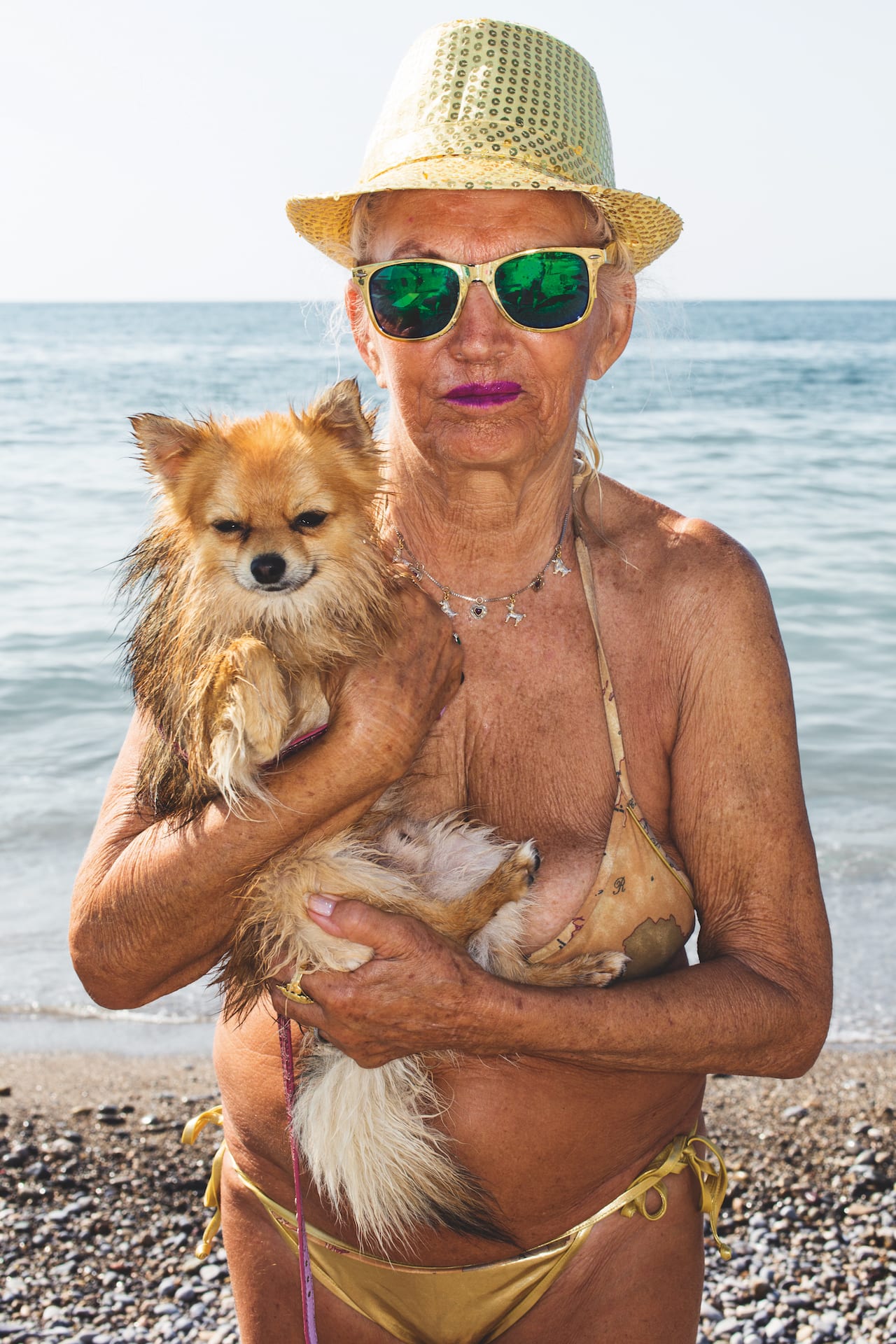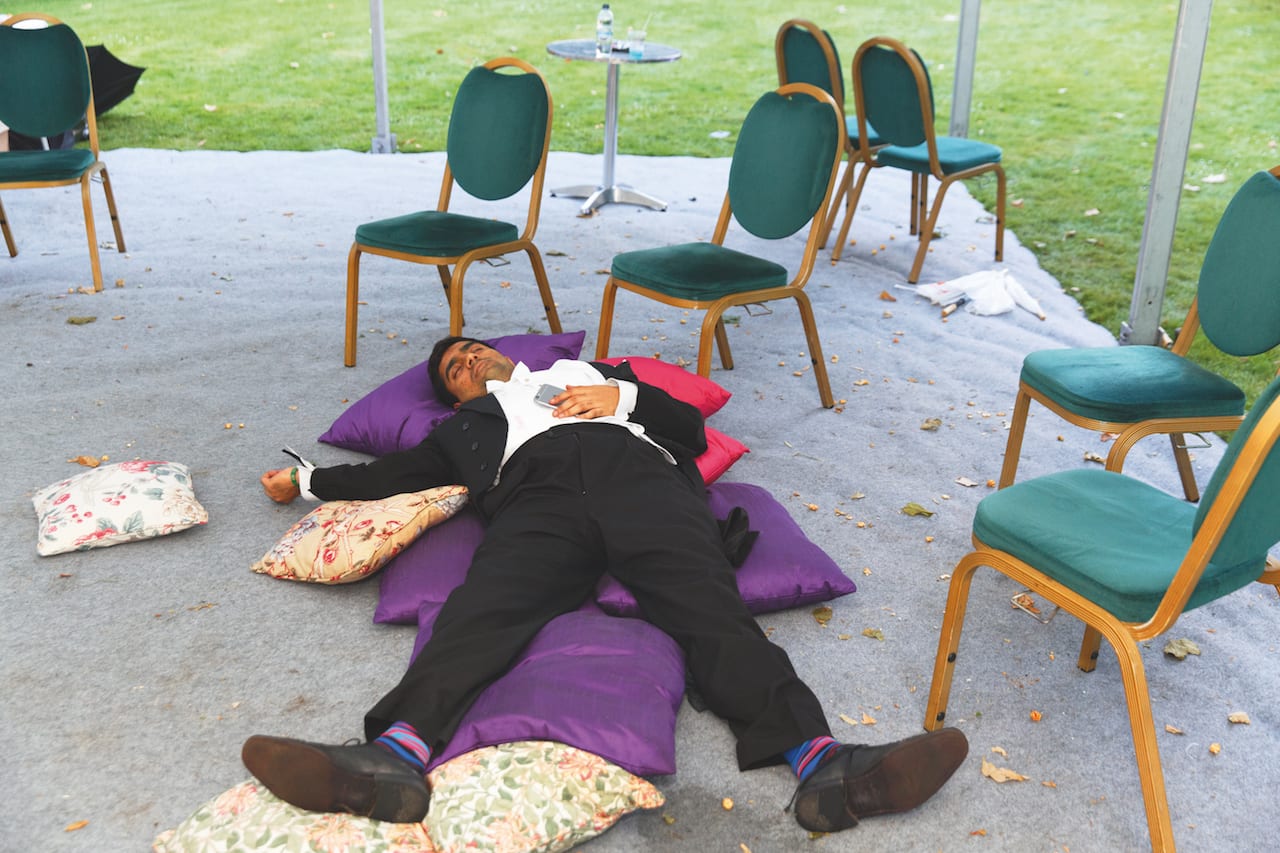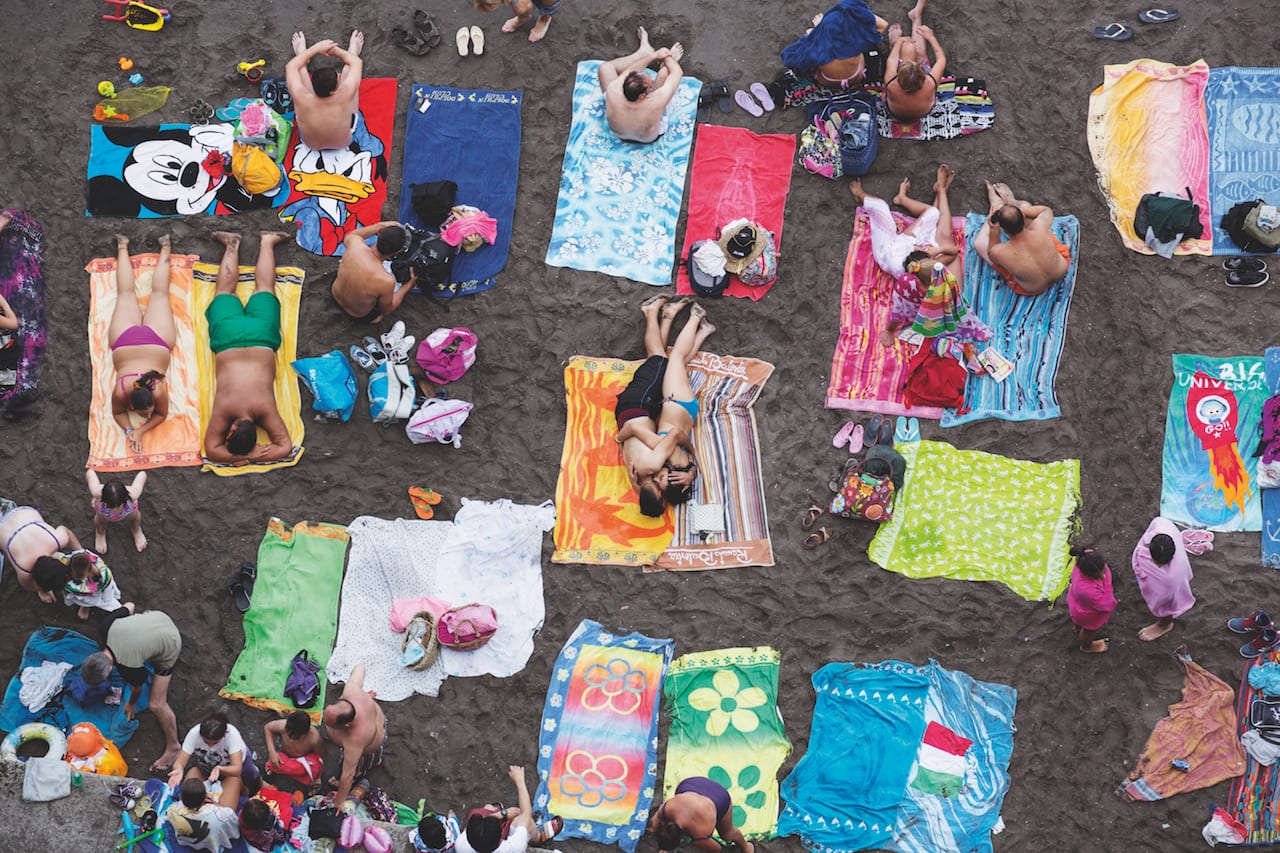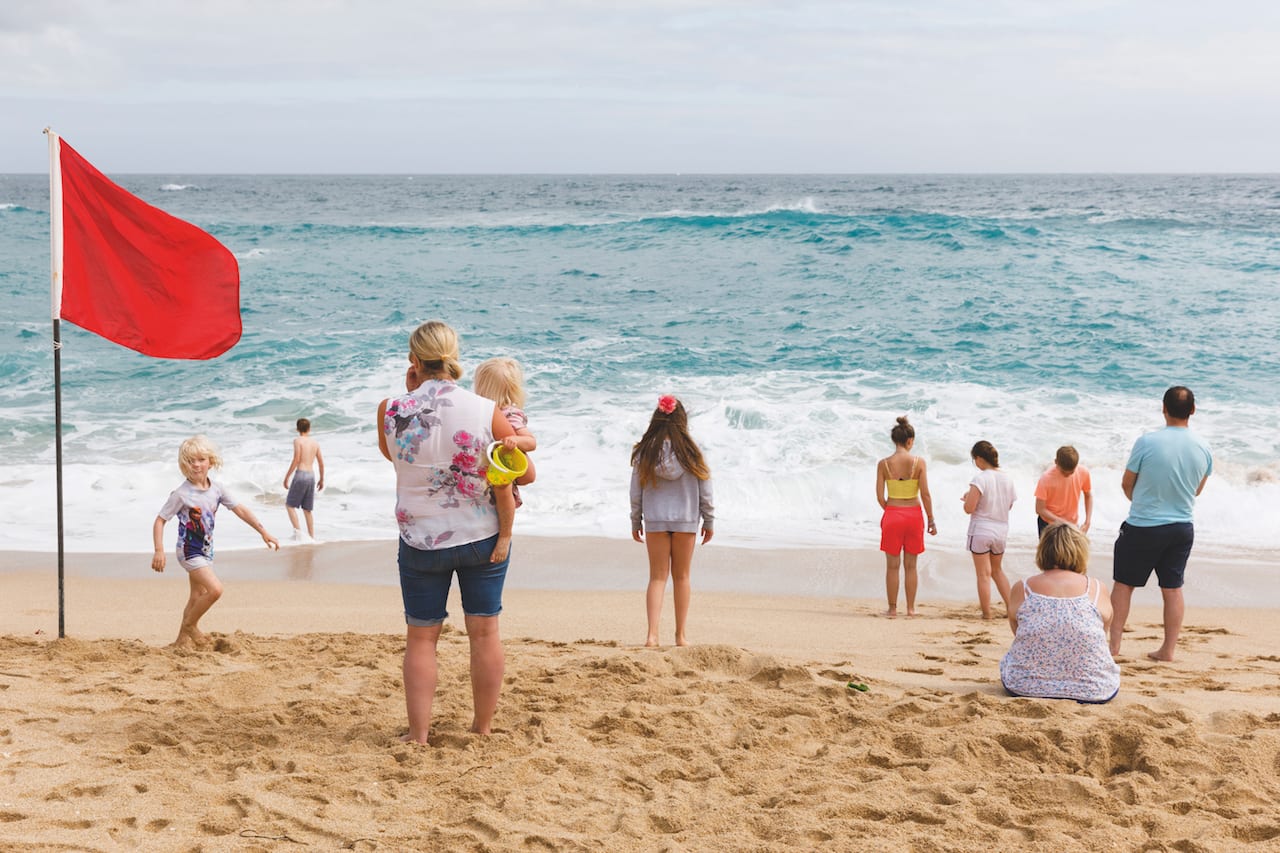When the Portrait Gallery was established in London in the mid-19th century, its role was envisioned “to consist of those persons who are most honourably commemorated in British history”. Opening in an era when photography was still a new and untried technology, the National Portrait Gallery (as it later became known) was intended to be the national repository of the images, chiefly paintings and drawings, of those men and, much later, women who represented what was best among the British hierarchy of achievements, skills and aptitudes. Its function was to hold up a mirror to Britain that reflected its qualities back to those who came to observe them, as object lessons about how to aspire to, or more simply respect, the qualities and moral standing of the great and the good.
This conception of the NPG may still be widespread in the public mind, as even Martin Parr thought his work would be an ill-fit for a contemporary exhibition along these lines. “I never thought of myself as a portrait photographer,” he says, “and when I first met Phillip Prodger [NPG’s former head of photographs], I told him I had only a few celebrity portraits. I just put a lightbox together and sent them to him, though I was quite surprised at what I had.” Prodger, however, had other ideas, seeing in Parr the work of a social observer who could also offer a portrait of a nation at a key point in its history. So it is that the NPG put together Only Human, on show from 07 March to 27 May, bringing together some of Parr’s most famous photographs alongside a number of works never exhibited before.f
Few would describe Parr as a portraitist in the conventional sense. He sees himself primarily as a documentary photographer. Yet he is as much a portrait photographer as certain of his renowned precursors, such as August Sander, Richard Avedon and Irving Penn, and he has described his approach as “promiscuous”, dabbling in everything from fashion to the role of a community photographer. His work in fact contains a vast number of what might conventionally be termed portraits, sometimes made from his standpoint as a social observer, and in other cases with one foot in the world of commerce. “There’s a lot of overlap sometimes between the two,” he remarks.
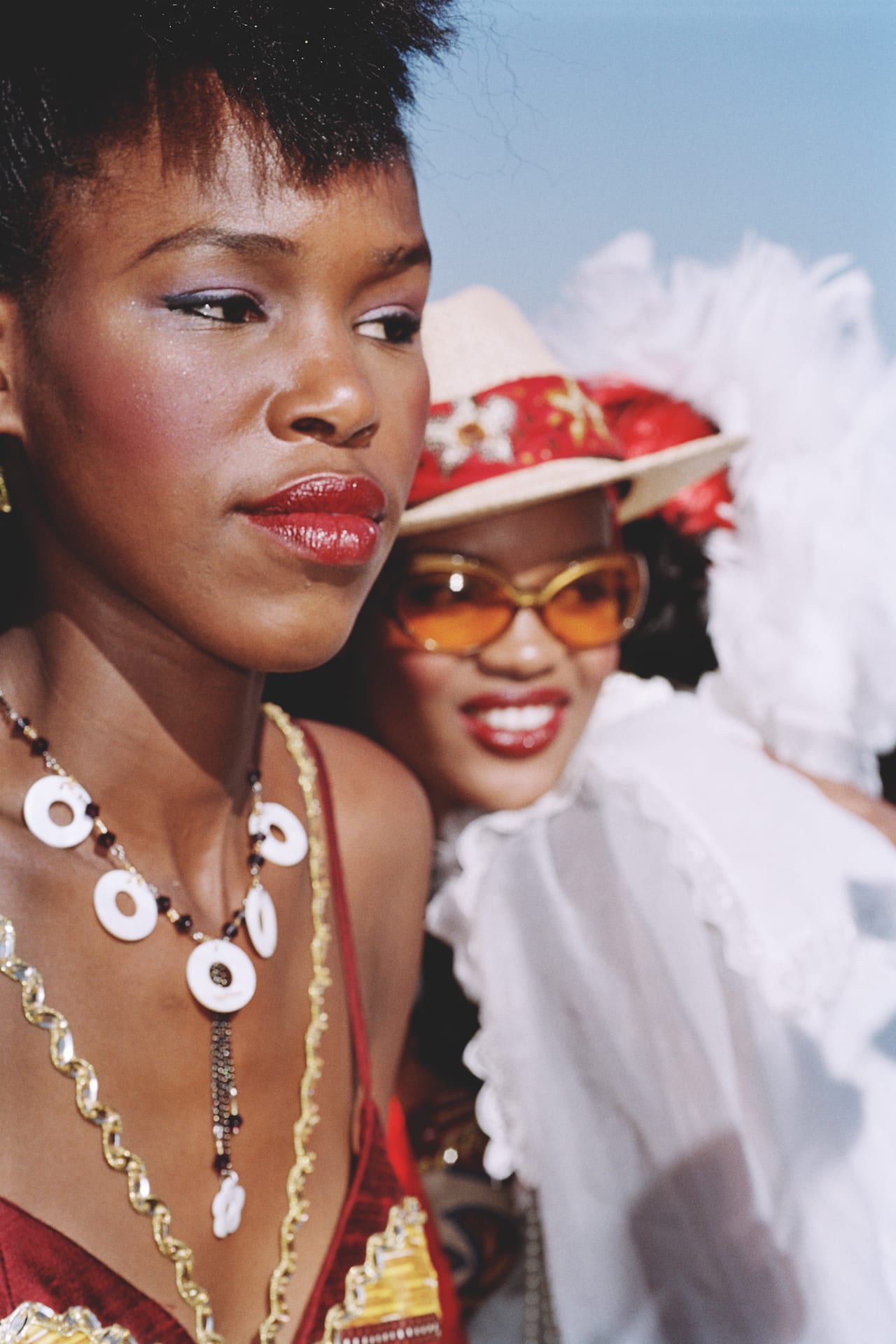
Parr has a substantial body of commercial and editorial work in a portfolio that extends into the domains of advertising and couture, notably pastiched in his 2005 publication Fashion Magazine. His continued reputation in the arena is shown by the fact that, a decade later, Le Bon Marché department store in Paris gave him “full artistic freedom” to produce a 13-page feature on the back of shooting its latest advertising campaign, orchestrating a banquet with special guests at the iconic Parisian restaurant Le Grand Véfour. He now works regularly with Gucci, and his practice extends into making TV films and commercials.
Given the scale and breadth of his work, it seems logical that the NPG exhibition should be a retrospective of all of Parr’s photographic oeuvre rather than simply one about portraiture – however loosely defined. Yet it is far more of a self-portrait of Parr as a photographic phenomenon in his own right. Indeed, one section of the exhibition is devoted to his Autoportrait series, demonstrating Parr’s fascination with representing himself through the cameras and eyes of others.
There is also a fascinating image in the exhibition, taken in Hebden Bridge in 1974 by Geoff Howard, showing Parr as a young photographer against a backdrop of young girls with pushchairs. He looks confidently at Howard’s camera, with long dark hair plus moustache and beard; optimistic and confident in his role. His first exhibition at Impressions Gallery in Yorkshire, and his first published book, Home Sweet Home, appeared later in that year.
As NPG director Nicholas Cullinan points out in his foreword to the catalogue: “Since that year, Martin Parr has participated in thousands of exhibitions and published over 100 books of his own work, editing 30 more, and his photographs have influenced at least two new generations of photographers. He has also played an extraordinary role in promoting British photography within the UK and abroad, and in preserving a record of everyday British identity in all its varied guises.” Something more than ‘just’ a photographer, Parr has become a cultural force in his own right, and he remains prolific – “I do work at a furious pace, I grant you that,” he admits.
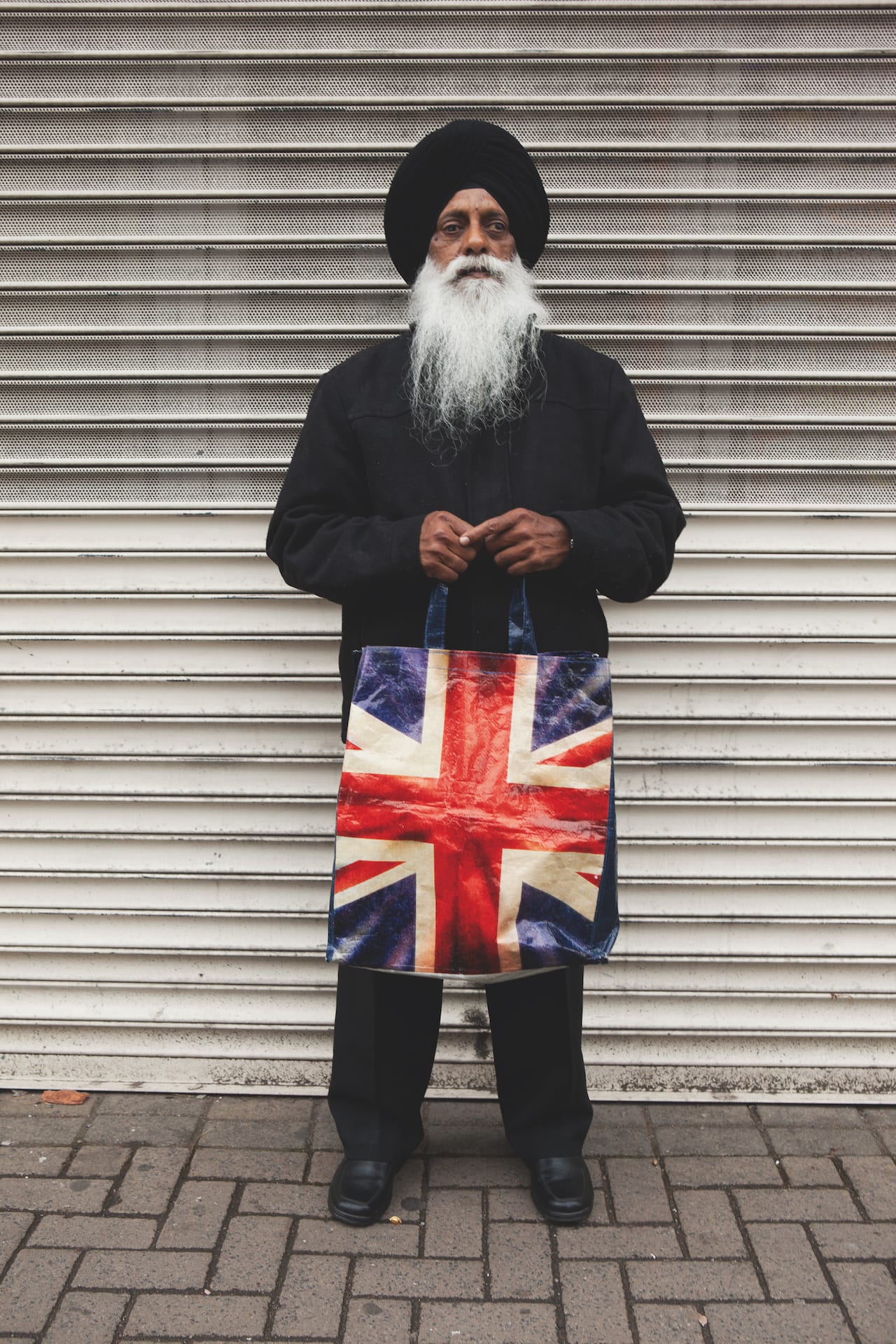
One of the most fascinating aspects of the exhibition is its historical timing – the watershed that Brexit and its aftermath, whatever that may be, will constitute for British society. In one sense, the whole of Parr’s career appears as though it was leading to this point, with its constant fascination with what defines and characterises us as a society. Although it may be true that one cannot photograph ideas and feelings in any direct sense, most of Parr’s life has been devoted to that very objective of capturing what it is that produces the British identity, with recent work focusing on the establishment – his 2017 book on Oxford, for instance, and other work on the British Army in Germany, and the City of London – as well as trips to places such as Lincoln, which had the highest pro-Brexit vote in the UK.
In each case, these are bricks in a wall, part of a house that will one day contain all we can know about how Britain and the British looked at an especially critical moment in their history. “It’s a good time to reflect on who we are, what we’re doing, where we are going – the whole question of British identity. This set of work hints at what is going on,” says Parr.
Now in his mid-sixties, Parr seems as energetic as ever, working at his recently established Foundation in Bristol, as well as his commercial and documentary practice. As someone who has contributed at a number of levels to the enrichment of our photographic culture, and is recognised as both a collector and a historian of the medium through his work with Gerry Badger on the photobook, he has been ideally placed to be one of the great photographic documentarists of our era.
Only Human by Martin Parr is on show at the National Portrait Gallery, London from 07 March to 27 May npg.org.uk The accompanying book Only Human by Martin Parr is published by Phaidon https://uk.phaidon.com/agenda/
